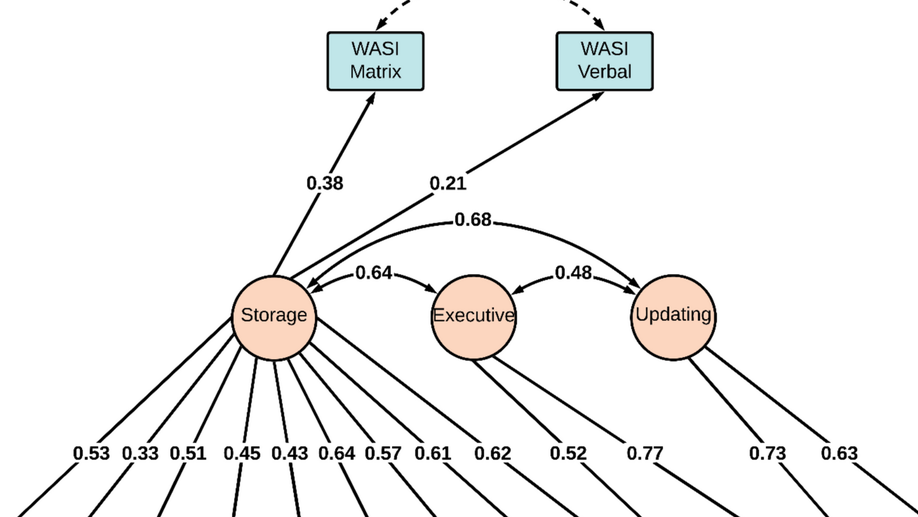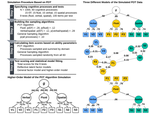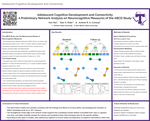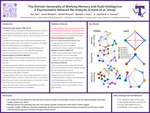About Me
I am an assistant professor in the Department of Psychological Science at Tarleton State University, with a primary research focus on statistical models of human cognitive abilities. My research explores cognitive individual differences, such as the impact of working memory and attention on cognition, using advanced statistical methods for psychometric and cognitive models, including structural equation modeling, item response theory, and network modeling. Additionally, I am interested in machine psychology, examining the cognitive behaviors of Artificial General Intelligence from a psychological perspective. I teach statistics and other engaging topics in R, play the accordion, and cook Asian-fusion food.
Interests
- Working Memory
- Attention
- Intelligence
- Psychometrics
- Statistical Modeling
- R & Python
Education
-
Ph.D. in Applied Cognitive Psychology, 2022
Claremont Graduate University, USA
-
M.A. in Positive Organizational Psychology & Evaluation, 2017
Claremont Graduate University, USA
-
B.Sc. in Psychology, 2013
Zhejiang University, PRC












